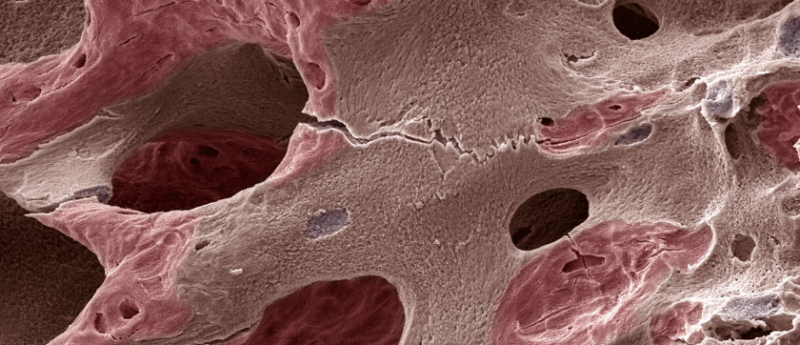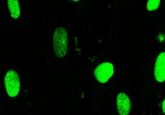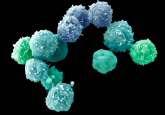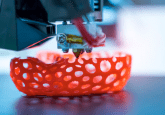Structure of biomaterials plays an important role in endogenous bone regeneration

Bone tissue is capable of regenerating to some extent after injury in the human body. Bone regeneration is attributed to both bone developmental pathways: intramembranous ossification and endochondral ossification [1]. However, when the bone defect is larger than the critical defect, the bone defect cannot heal completely. Under such circumstances, bone grafting is necessary for completely healing large bone defects. The bone tissue engineering approach often involves three major elements: scaffold/biomaterials, signaling molecules and relevant cells [2]. Research and development efforts have recently focused on the local release of small molecular drugs, proteins, microRNA, DNA and/or the use of autologous...
To view this content, please register now for access
Join our member community for FREE to access a collection of journal and online-only features, including:
- Exclusive access to educational videos, eBooks and insights into top BioTechniques journal articles
- The latest news and journal updates delivered straight to your inbox when you want it
- Personalized recommendations for the latest member-exclusive podcasts, interviews and expert opinions
- Priority registration to webinars, panel discussions and events
- Access to competitions and journal publication discounts, including 10% off open access fees when you sign up today!





